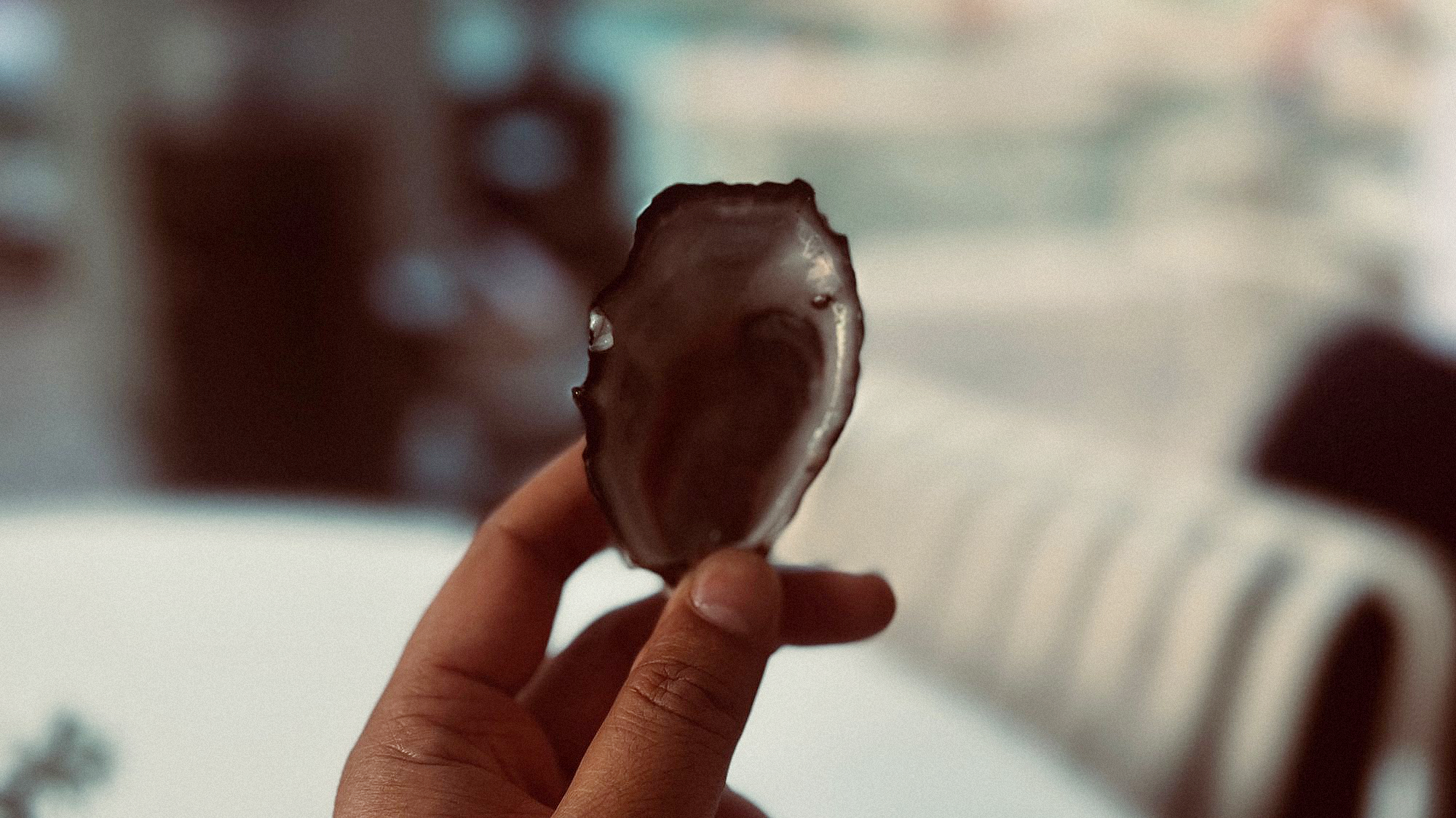The Aesthetic Power of Oysters
No grit, no pearl.

Our ancestors were simpler folk.
They saw a mollusc underwater that looked a bit like a cunt and thought... that's bound to make us horny. So was born the oyster's reputation as an aphrodisiac... a pure case of mimetic medicine.
Venus, Goddess of Love, they say was born in an oyster shell.
So Casanova gorged himself on oysters, long before we knew about the zinc.
Half-truths have a way of capturing the imagination like that; you've already downed half a dozen before the truth has caught up. It helps that the experience of eating an oyster, if you're not put off by it in principle, is sensuous. You consume it like a shot; tilting the head back, exposing the neck, letting the salt moisture slip down your throat.
looks at camera
Some might be a little suspicious of those who don't eat oysters. I am. One thinks – you must be a little self-conscious between the sheets, there is a squeamishness there that suggests a lack of carefreeness. I don't trust anyone that doesn't salivate, doesn't moan with good food, doesn't lick their own lips.
Oysters are revealing. But here's the thing. Rolex saw fit to call their luxury watche line Oyster in reflection of their durable beauty. And the aesthetic appeal of an oyster is everlasting because it contains within it this powerful, romantic contradiction.
The rare strange combination of grit and pearl. The hard shell and its secret treasure.
Vulnerable precious things aren't meant to be strong. Brutish/ugly shells aren't meant to hold inner delights. We eat them because we lust for it -- one another, and luxury, and desire, and succulence and all that. But also to be both. Precious and hard. Beautiful and strong.
Besides —there are few spaces to be safely, publicly erotic. Sex is everywhere, and nowhere. The sensual has been chewed up by the profane and pornographic and puritanical.
It's hard to be a true romantic in a restaurant.
An oyster is as close as we come.
.
.
.
